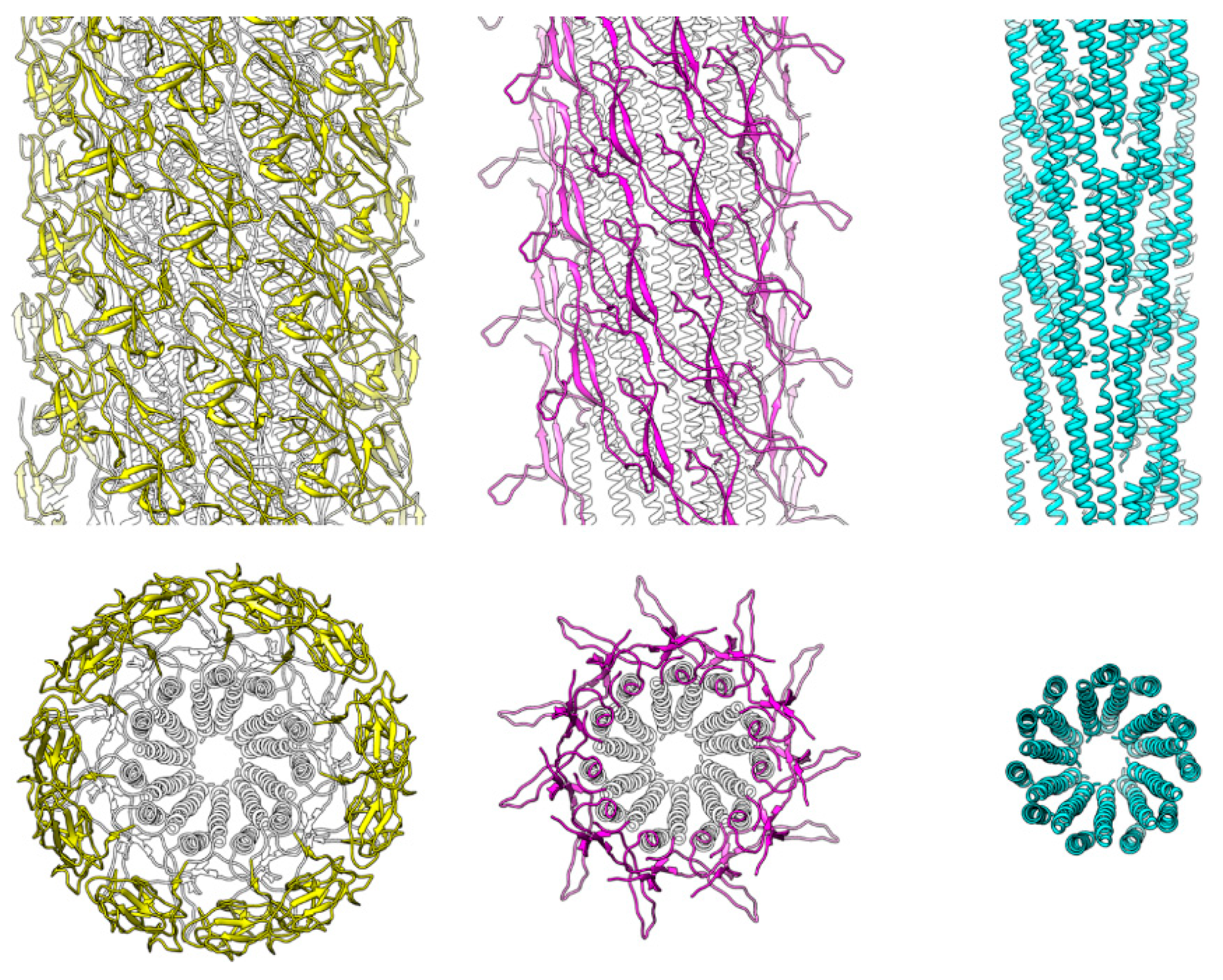Salmonella Structure / BBC - GCSE Bitesize: Pathogens: bacteria | Science, Aqa ... / Morphology, antigenic structure, cultural and biochemical characteristics.
Salmonella Structure / BBC - GCSE Bitesize: Pathogens: bacteria | Science, Aqa ... / Morphology, antigenic structure, cultural and biochemical characteristics.. The two species of salmonella are salmonella enterica and salmonella bongori. There are over 2,000 various groupings (serovars) that comprise s. While some of the infections can be easily treated, some of. Salmonella enterica is a bacterial pathogen that causes enteric fever and gastroenteritis in humans and animals. For many decades, salmonella enterica has been subdivided by serological properties into serovars or further subdivided for epidemiological tracing by a variety of diagnostic tests with higher resolution.
The type iii secretion system of salmonella typhimurium directs the translocation of proteins into host cells. Isolated structures were found to contain at least three proteins of this secretion system. For many decades, salmonella enterica has been subdivided by serological properties into serovars or further subdivided for epidemiological tracing by a variety of diagnostic tests with higher resolution. Morphology, antigenic structure, cultural and biochemical characteristics. Diagnostic and public health testing.

Salmonella species can infect a diverse range of birds, reptiles, and mammals, including humans.
Continuing public health challenge // clinical infectious diseases. • selective and differentiating medium for the isolation of salmonellae and. Enterica is the type species and is further divided into six subspecies that include over 2. Although its population structure was long described as clonal, based on high linkage. Diagnostic and public health testing. Salmonella species can infect a diverse range of birds, reptiles, and mammals, including humans. Salmonella enterica is a bacterial pathogen that causes enteric fever and gastroenteritis in humans and animals. Isolated structures were found to contain at least three proteins of this secretion system. For many decades, salmonella enterica has been subdivided by serological properties into serovars or further subdivided for epidemiological tracing by a variety of diagnostic tests with higher resolution. Information about salmonella, including outbreaks, symptoms and diagnosis. Diagnosing salmonella infection requires testing a specimen. Morphology, antigenic structure, cultural and biochemical characteristics. There are over 2,000 various groupings (serovars) that comprise s.
• selective and differentiating medium for the isolation of salmonellae and. It is usually characterized by acute symptoms of salmonellosis are relatively mild and patients will make a recovery without specific. Salmonella species can infect a diverse range of birds, reptiles, and mammals, including humans. For many decades, salmonella enterica has been subdivided by serological properties into serovars or further subdivided for epidemiological tracing by a variety of diagnostic tests with higher resolution. Salmonella typhi and salmonella paratyphi cause serious generalized infection.

The type iii secretion system of salmonella typhimurium directs the translocation of proteins into host cells.
Information about salmonella, including outbreaks, symptoms and diagnosis. Continuing public health challenge // clinical infectious diseases. Salmonella typhi and salmonella paratyphi cause serious generalized infection. 6,7,14:r:1,2 this strain has the o antigen factors 6, 7 and 14. For many decades, salmonella enterica has been subdivided by serological properties into serovars or further subdivided for epidemiological tracing by a variety of diagnostic tests with higher resolution. The two species of salmonella are salmonella enterica and salmonella bongori. Salmonella possess following antigens salmonella: Salmonella species can infect a diverse range of birds, reptiles, and mammals, including humans. Although its population structure was long described as clonal, based on high linkage. There are over 2,000 various groupings (serovars) that comprise s. Diagnosing salmonella infection requires testing a specimen. Diagnostic and public health testing. Salmonellosis is a disease caused by the bacteria salmonella.
Enterica is the type species and is further divided into six subspecies that include over 2. For many decades, salmonella enterica has been subdivided by serological properties into serovars or further subdivided for epidemiological tracing by a variety of diagnostic tests with higher resolution. Isolated structures were found to contain at least three proteins of this secretion system. Salmonellosis is a disease caused by the bacteria salmonella. Information about salmonella, including outbreaks, symptoms and diagnosis.

Isolated structures were found to contain at least three proteins of this secretion system.
For many decades, salmonella enterica has been subdivided by serological properties into serovars or further subdivided for epidemiological tracing by a variety of diagnostic tests with higher resolution. Continuing public health challenge // clinical infectious diseases. Identification of salmonella by serotyping. Enterica is the type species and is further divided into six subspecies that include over 2. Salmonella typhi and salmonella paratyphi cause serious generalized infection. It is usually characterized by acute symptoms of salmonellosis are relatively mild and patients will make a recovery without specific. Information about salmonella, including outbreaks, symptoms and diagnosis. Diagnostic and public health testing. Salmonella enterica is a bacterial pathogen that causes enteric fever and gastroenteritis in humans and animals. Morphology, antigenic structure, cultural and biochemical characteristics. Salmonella possess following antigens salmonella: Salmonellosis is a disease caused by the bacteria salmonella. The type iii secretion system of salmonella typhimurium directs the translocation of proteins into host cells.
Komentar
Posting Komentar